
Fittonia albivenis
On average, expect to water nerve plants every 7 to 10 days. Yellowing leaves are a sign of overwatering. To water fittonia plants, put the pot in a sink or bathtub and wet the growing media until it is fully saturated. Let the excess water run through the pot's drainage holes.
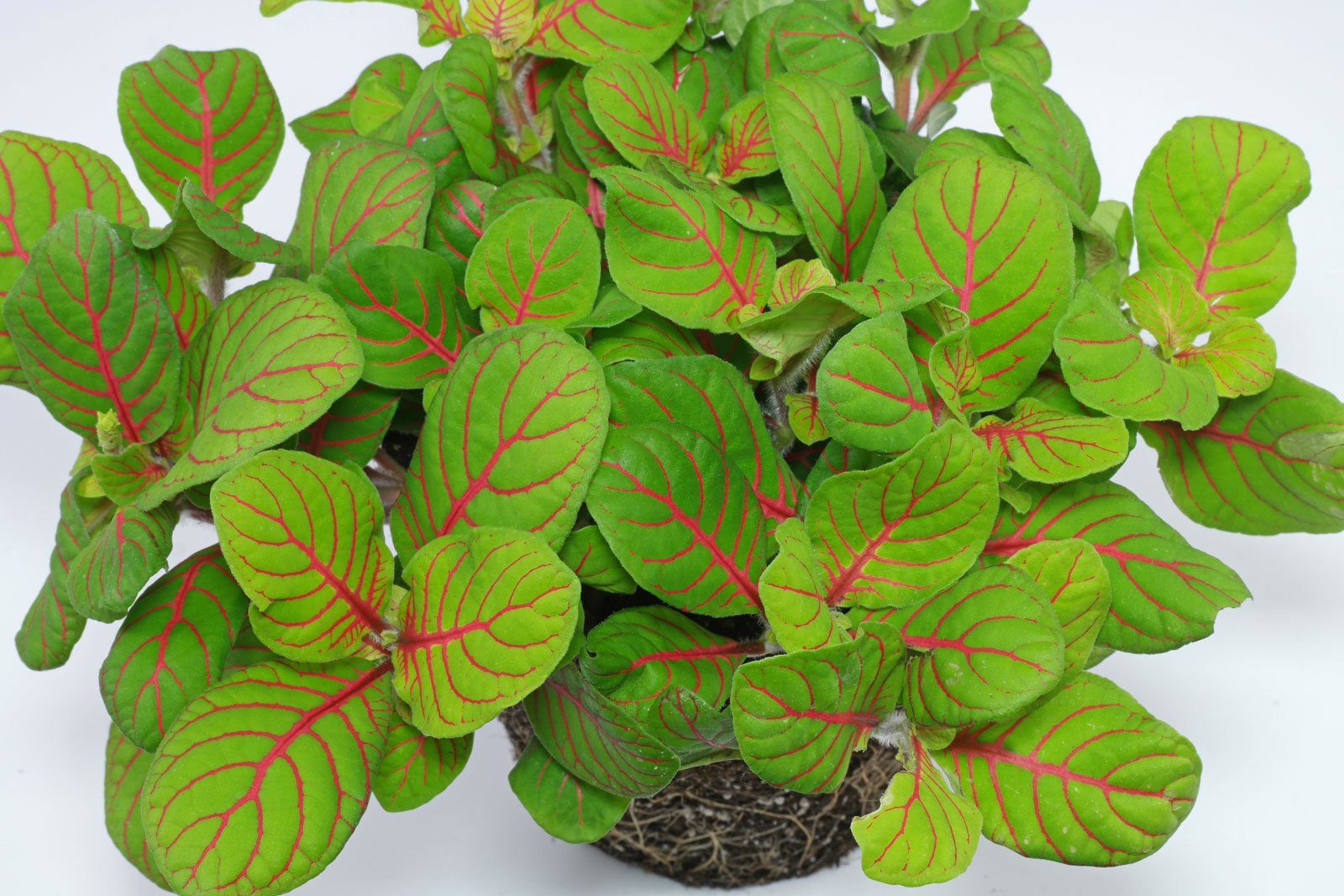
Mosaic Plant, Nerve Plant (Fittonia albivenis / verschaffeltii)
Growability: Easy to grow Grow Zone: 11 Size: Grows up to 6 inches tall and wide Flowering: Produces insignificant white or yellow scentless flowers Light: Prefers bright, indirect light Humidity: 60% - 70% humidity levels Temperature: Thrives in temperatures between 65° - 75° degrees Fahrenheit Soil: Moist, well-draining soil

Mosaic Plant, Nerve Plant (Fittonia albivenis / verschaffeltii)
Light Conditions Nerve plant grows best in low to medium light, though it also thrives in a sunny window if the light is filtered with a sheer curtain. If it gets too much hot sun, even indoors, the leaves may burn, turning brown and crispy.

Fittonia (Nerve plant) as your house plant
Fittonia (also known as the nerve plant) is one of those houseplants that is both a looker and easy to find for sale (not a small feat in the world of Instagram #rareplants trend). I had my first fittonia plant for almost four years before I had to give it away when I was moving long-distance.
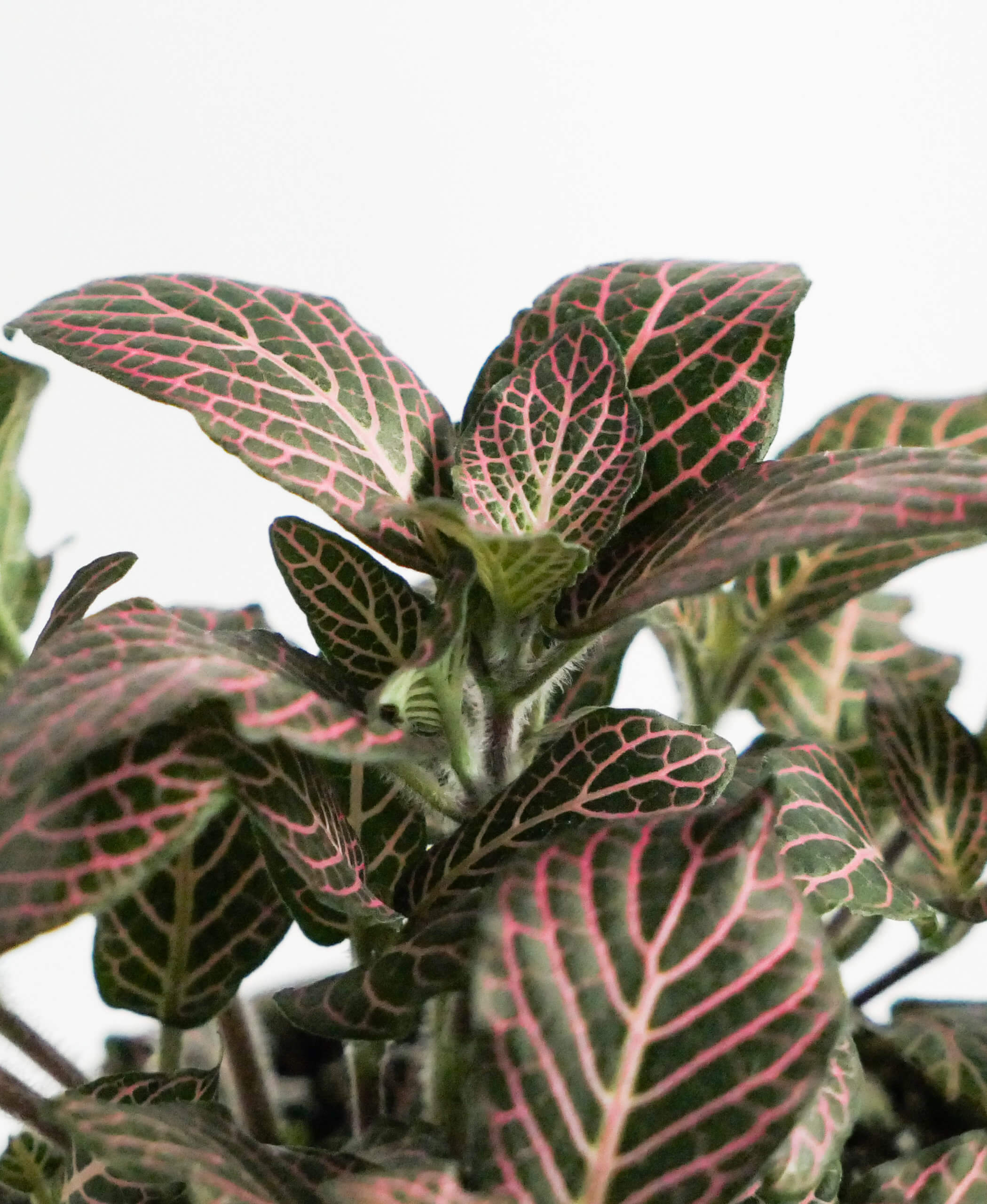
Fittonia 101 How to Care for Fittonias Bloomscape
This tropical plant is commonly grown as a houseplant where it thrives on bright to medium light, average to cool room temperature, and medium humidity. It performs well under fluorescent lights. It is low growing and spreading and works well in a pot or hanging basket and stays fairly small.

Fittonia albivenis "Nerve Plant" Mini Pink Clorofila
Nerve Plant Care Nerve Plant is mainly used as indoor plant in pots. However, it can easily serve as a groundcover in regions with warm winter climates (USDA zones 11-12). It naturally covers the surface with lateral growth, creeping over slowly but surely. Dwarf versions of these plants are suited to be planted in terrariums. Nerve plant care
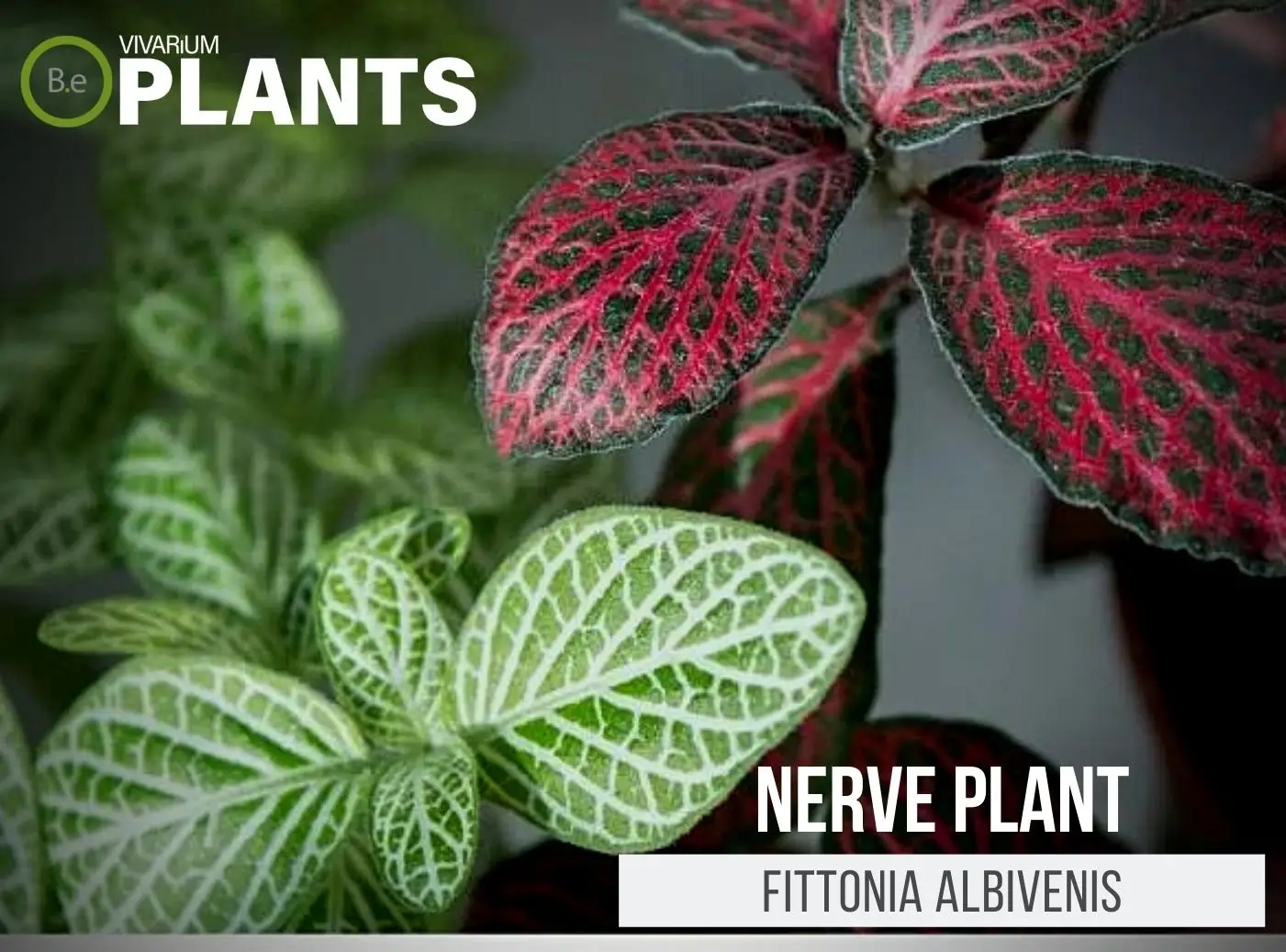
Fittonia Albivenis "Nerve Plant" Care Guide Tropical Plants
Nerve Plant Care As beautiful as it is, Fittonia is somewhat temperamental and tricky to grow as a houseplant. It requires very high, constant humidity, such as is found in a terrarium, and cannot tolerate stagnant conditions. Nerve plant is also sensitive to strong, direct sunlight and will quickly suffer from leaf burn.

Mosaic Plant, Nerve Plant (Fittonia albivenis / verschaffeltii) Aquaponics Greenhouse
Jewel Plant Mosaic Plant Nerve Plant Painted Net Leaf Table Of Contents Fittonia Albivenis Plant Care Size and Growth Flowering and Fragrance Light and Temperature Watering and Feeding Soil and Transplanting Grooming and Maintenance How To Propagate Mosaic Plant Nerve Plant Pests or Diseases Fittonia Albivenis Uses Fittonia Albivenis Plant Care
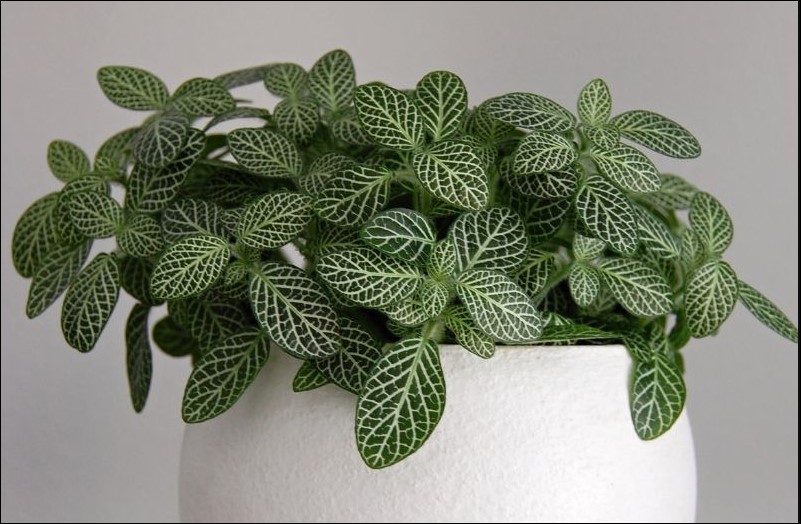
Fittonia Plant or Nerve Plant Care, Propagation, & Benefits Greenkosh
Below are steps on how to propagate Nerve Plant Plant by stem tip cutting: 1. Take a Stem Tip Cutting of Nerve Plant (include a node) Pick a stem with a node. Cut below the node. 2. Place your Nerve Plant Stem Cutting in a Jar of Water. Place the Nerve Plant stem into a jar of water and wait for it to grow roots.

Fittonia albivenis
Quick Overview How to Care for Fittonia Fittonia need to have just a hint of moisture in the soil at all times (in other words: not too dry, not too wet). It's best to keep your fittonia plant in indirect (but bright) sunlight and keep it away from a drafty door or window. Fittonia prefer temperatures between 60 and 70 degrees F.
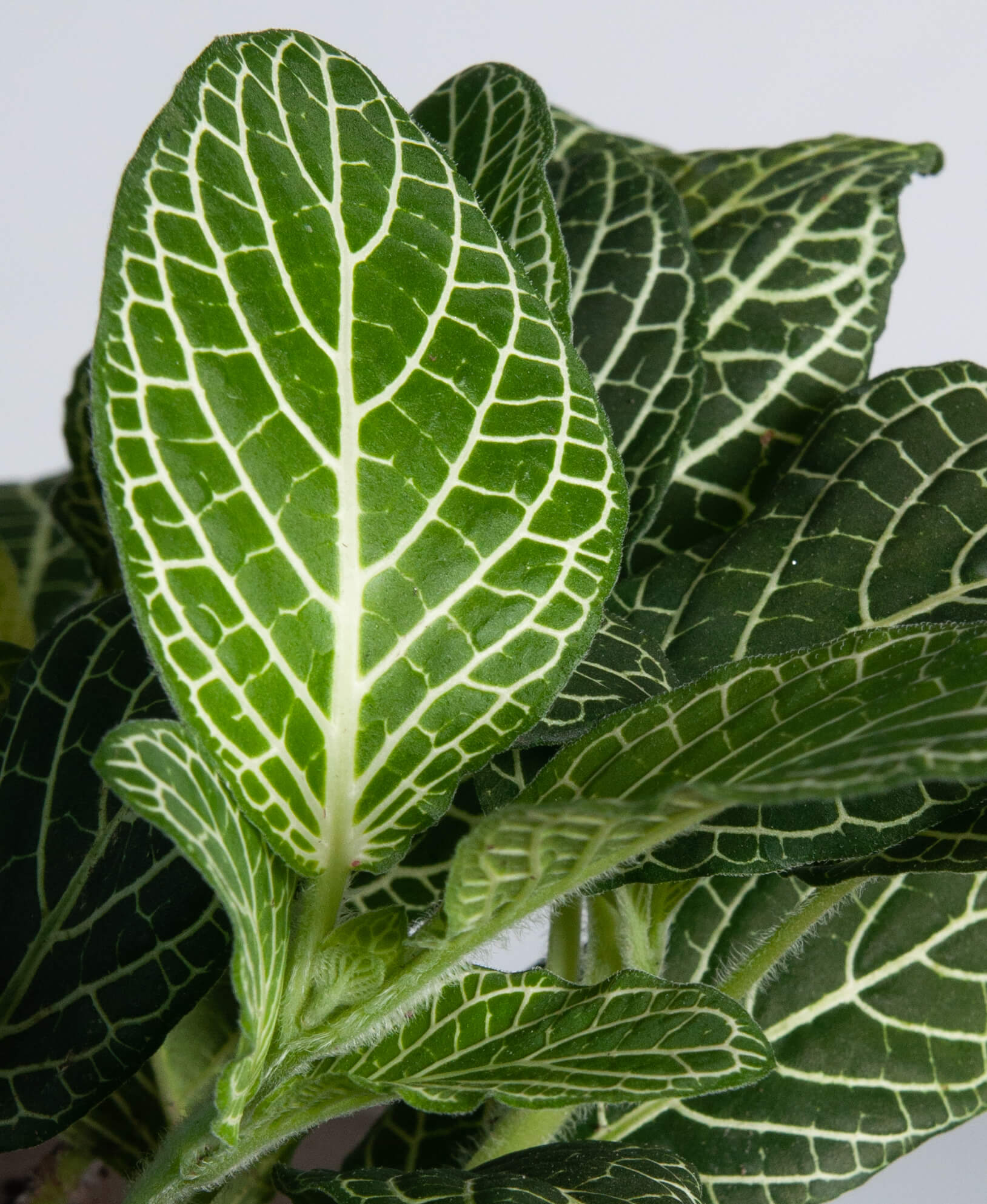
Fittonia 101 How to Care for Fittonias Bloomscape
Fittonia albivenis is an evergreen herbaceous flowering plant native to the tropical and subtropical areas of South America. It grows densely, forming a low mound that can be up to 10 inches tall. Its main attraction is its prominent leaves which are known for their bright vein patterns.

Fittonia Albivenis Care The “White Veins” Nerve Plant
The ideal temperature for them to survive is 60-80°F (16-26°C). An average room temperature is enough but during winter, it is best to keep them away from cold drafts and heaters. Nerve plants appreciate high humidity and an effective way to provide the preferred moist air is by misting every morning.

Fittonia albivenis/Nerve Plant — Green Beanz Nerve plant, House plant care, Plants
Nerve Plant Care Summary Scientific Name: Fittonia albivenis Common Name: Nerve plant, mosaic plant, painted net leaf Origin: South America Light Requirements: Indirect, filtered light. Watering: Maintain moist but not soggy soil. Soil: Well draining, moisture-retentive potting mix. A peat-based potting mix is a good option.
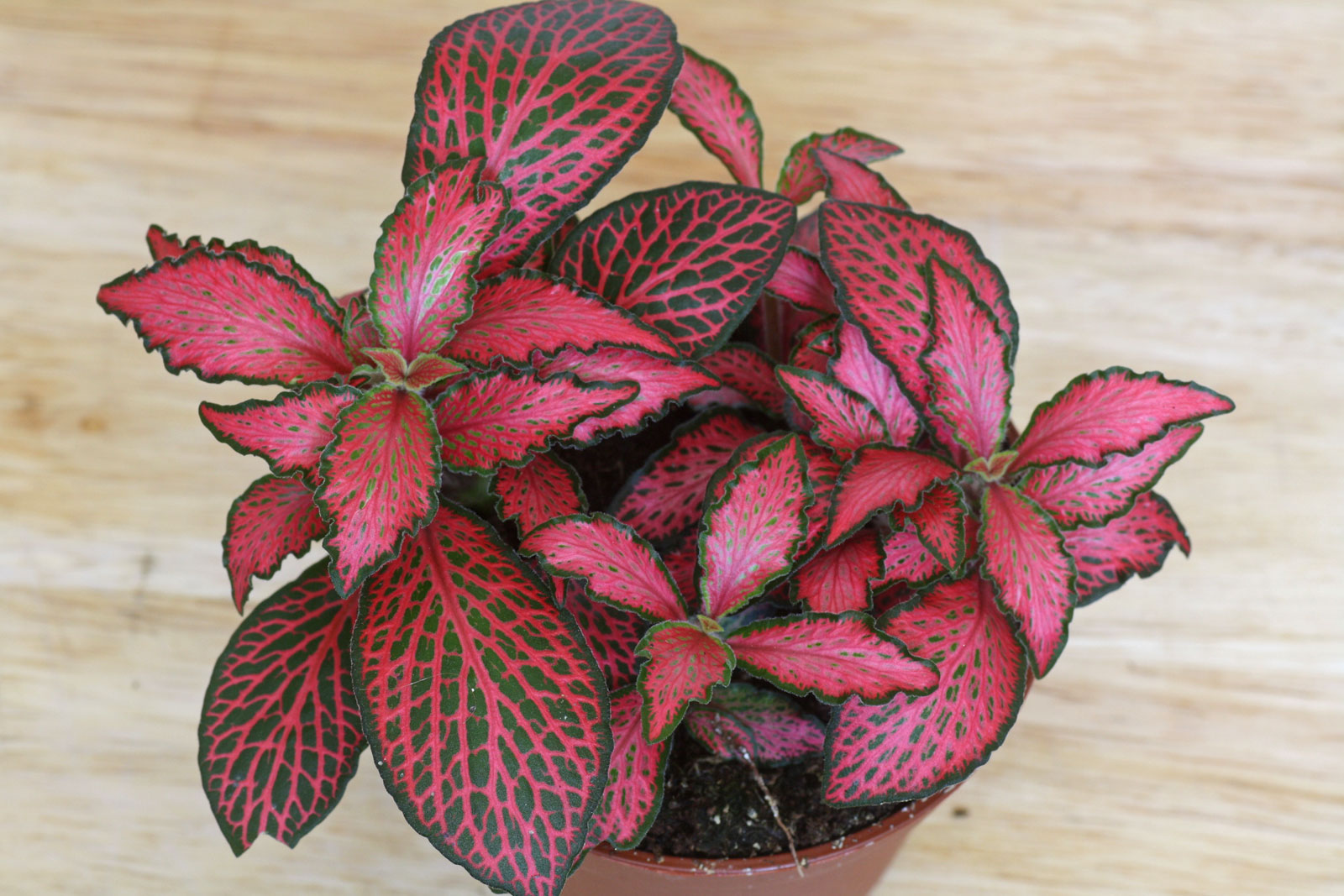
Mosaic Plant, Nerve Plant (Fittonia albivenis / verschaffeltii)
The botanical name for the Nerve Plant is Fittonia albivenis and it belongs to the Acanthus family (Acanthaceae). The genus was named after two Irish sisters: Elizabeth and Sarah Fitton, whose wonderful illustrated book, Conversations on Botany, was first printed in 1817. The specific name albivenis signifies "white veins". Common names for.

Fittonia Argyroneura Care Is Argyroneura Fittonia A Plant Or A Group?
Nerve Plant Care at a Glance Common names: Fittonia, nerve plant, mosaic plant, net plant Scientific names: Fittonia albivenis, Fittonia argyroneura Soil: Consistently moist, well drained.

Nerve Plants Fittonia Species
Look at the way this Fittonia twists and turns to form a bushy, compact plant. Pinching the stems back is the best way to make a Fittonia bushy. Simply remove the top section of the stem, just above the leaf node. That'll encourage the plant to direct its energy into horizontal growth.